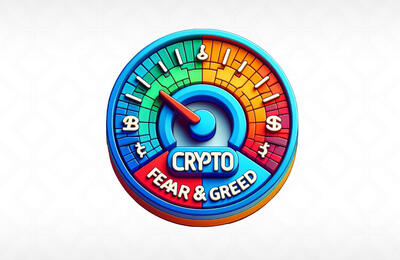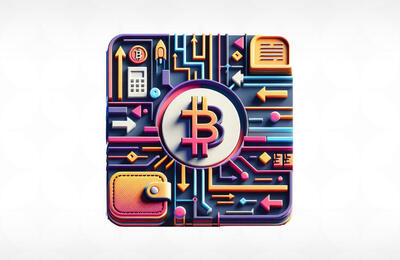
Charting the rise, fall and rise of cryptocurrency over the past two decades or so confirms just how popular Bitcoin and the like have become – but also how much more work is needed to convince mainstream society that crypto is one of the safest ways to transact online.
The value of BTC is only one measure of the perceived success of cryptocurrency, but the numbers speak for themselves: in 2018, a single bitcoin was worth around £4,000. Today, a BTC unit is exchanging hands for around £19,500. Even by this crudest of measures, the most publicly known of the cryptocurrencies has increased in value by around 500% in the past five years.
This valuation could be even higher but for the collapse of the crypto exchange FTX back in November. However, the rally in the months since confirms that more and more people see Bitcoin as a viable currency for buying goods and products online and as a store of value at a time when, with the global economic crisis front and centre, confidence in traditional financial systems is low.
So, as the value of cryptocurrency continues to rise, is this reflected in the numbers of people who own or have used Bitcoin, Ethereum and altcoins today?
Rising popularity
Although statistics for such things can never be completely accurate, it’s thought that around 420 million people across the globe can be described as ‘active’ cryptocurrency users or holders.
This is an extraordinary figure and backed up by the knowledge that some 16% of people in America have either used or invested in cryptocurrency – a rather sizable community by anybody’s standards.
To add some context to those numbers, there are an estimated 300,000 Bitcoin transactions completed every day on the blockchain – 10 years ago, that number was around 46,000. This figure is vital, because it proves that the popularity of Bitcoin is not powered solely by those looking to buy/sell and make a profit – there are also many, many people actively using crypto in their retail transactions.
The global splits of crypto users also make for interesting reading. The number of people who use/hold crypto has reached 260 million in Asia, dwarfing the next biggest market in North America, where the figure is around 54 million. However, the key here is that the total population of Asia is around 10 times that of North America, so it’s evident that America and Canada are the focal point of the explosion in crypto popularity.
Elsewhere, Africa (38 million) and South America (33 million) have more active crypto users than Europe (31 million), which will surprise many, though a lack of trust in standard banking systems in these continents perhaps reveals why alternatives have been sought. The heavily regulated Oceanic market (1.5 million) brings up the rear.
So, what conclusions can be drawn from these figures? Quite simply, the popularity and use of cryptocurrency have exploded over the past decade, and despite some pessimistic predictions, that remains the case to this very day – even in the wake of some much-publicised calamities that could have derailed the niche altogether.
It also helps that more and more merchants are beginning to accept cryptocurrency as a payment method – as we will learn later in this article, though it would be fair to say that there’s still more work to be done in that regard. Should Amazon begin to accept crypto in the near future, as just one example, then there would surely be another wave of growth in the sector.
How to spend your Bitcoin
One of the defining factors behind the increased ownership of cryptocurrency is that many more retailers and merchants are accepting it as a means of payment.
Once upon a time, pizza was the poster boy for Bitcoin payments, but today a whole host of options are available to buyers. Household names such as Microsoft, Overstock and Expedia welcome crypto transactions, while gift card companies have been established that enable shoppers to buy cards with their crypto wallets that can then be turned into spendable currency at the likes of Amazon, Apple and Walmart.
Many niches have openly embraced cryptocurrency. Fast food outlets such as Burger King and Subway are on board, while an increasing number of crypto casinos allow players to deposit and withdraw funds using not only Bitcoin but also Ethereum, Ripple, Litecoin and other altcoin options.
Tourism has also embraced the crypto revolution. You can book a short stay or a luxury holiday using your Bitcoin wallet, as well as flights, train tickets, hotels and transfers with the same ease and convenience that you would at any other online retailer.
There are search engines and online platforms that allow crypto holders to find merchants that will accept BTC and other coins as a payment method, with thousands of options available with worldwide shipping.
One of the misconceptions about paying for items online via cryptocurrency is that it’s unsafe, time consuming and a bit of a hassle, but nothing could be further from the truth: all you need to do is access the merchant’s public key address, enter your own private key, and then complete the transaction like you would any other online.
It’s completely secure, anonymous and, most importantly, as far as both buyer and seller are concerned, the payment is processed instantly – the days of delays when paying with crypto are, for the most part, a thing of the past.
So, there you have it: millions upon millions of people worldwide are using cryptocurrencies on a daily basis, and to pay for an increasingly diverse array of goods and services.
How much longer will it be until most of our friends and family are doing likewise?













